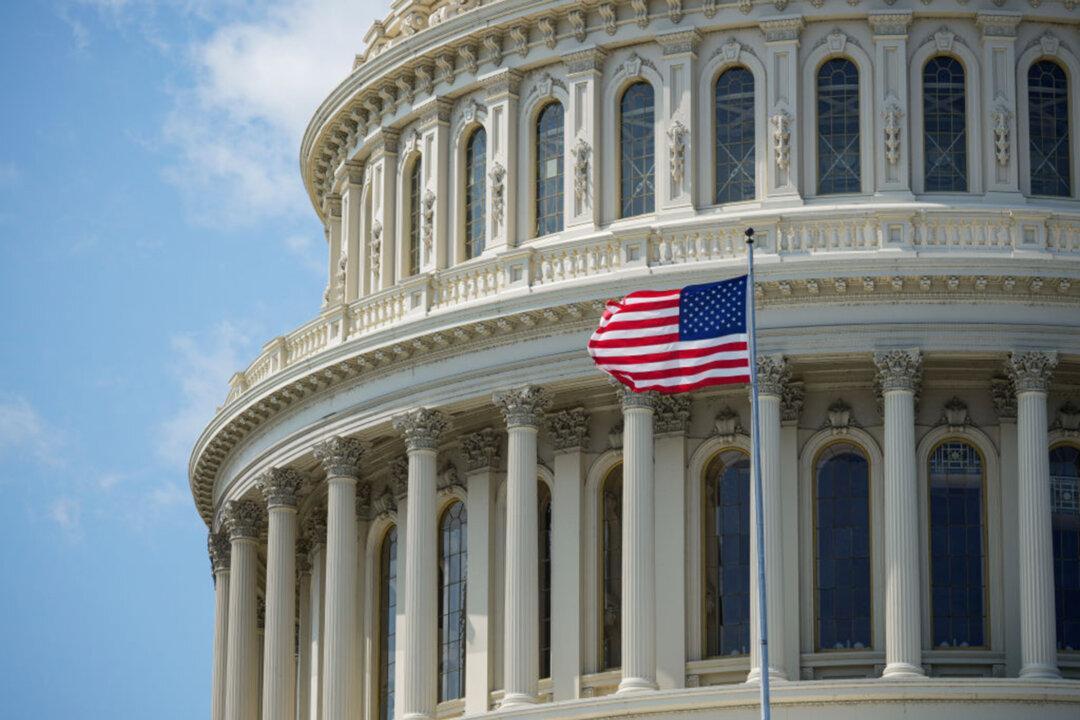Commentary
The bipartisan Tax Relief for American Families and Workers Act might sound good on the surface. A closer look, however, reveals that the legislation is gimmicky, fiscally irresponsible, and misses a chance to fix work requirements for welfare. And its business tax cuts include retroactive relief alongside pro-growth tax cuts.





